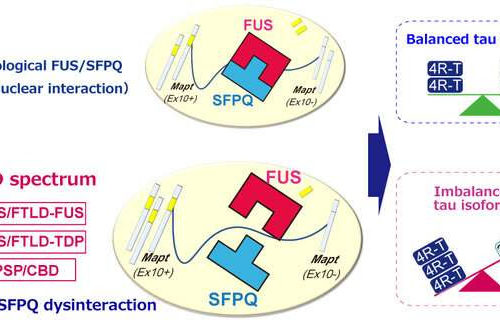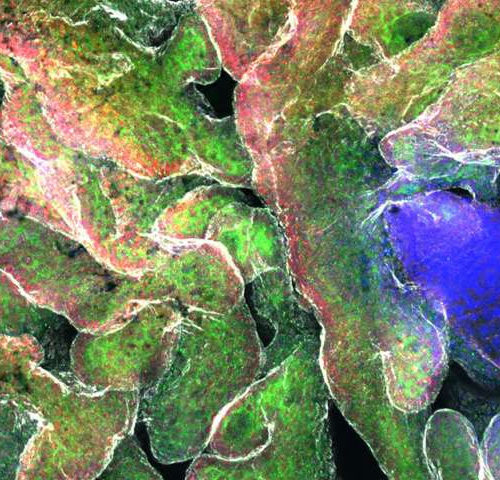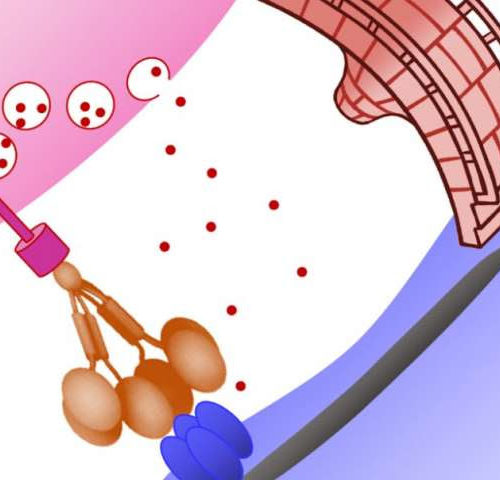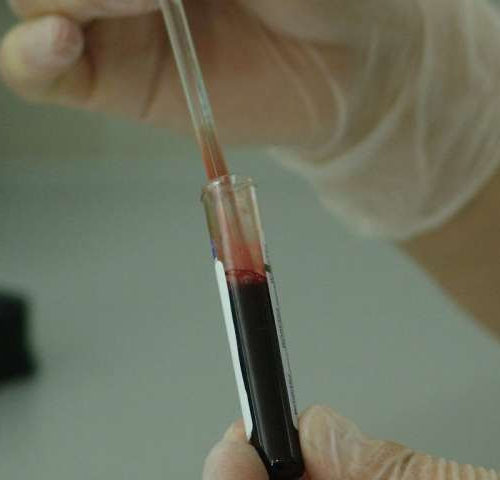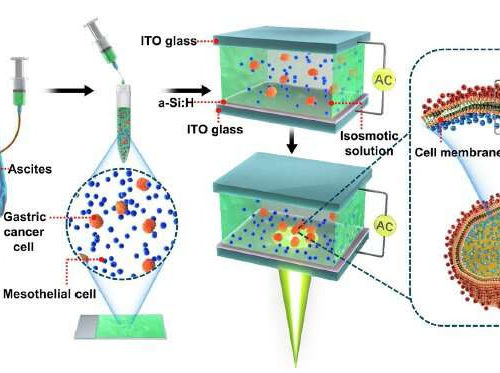The discovery holds promise in light of the growing resistance to antibioticsPeer-Reviewed Publication Weizmann Institute of Science FacebookXLinkedInWeChatBlueskyMessageWhatsAppEmail Much like humans generate mountains of garbage, our cells are constantly discarding proteins that are damaged or no longer needed. The cellular waste disposal system called the proteasome is best known for its central role in protein...
Tag: <span>cellular trash</span>
Unlocking the mystery of tau for treatment of neurodegenerative diseases
by Nagoya University Under normal physiological conditions, FUS and SFPQ interact in the nucleus of nerve cells and regulate the alternative splicing of MAPT by excising exon 10. When this functional machinery is impaired, the splicing ratio of MAPT exon 10+/exon 10- is increased, which in turn results in an increased 4R-Tau/3R-Tau ratio. The findings...
How mechanical forces nudge tumors toward malignancy
by Katherine Fenz, Rockefeller University Epidermal stem cells (green) form small bud-shaped structures that later become tumors. Credit: Laboratory of Cell Biology and Development at The Rockefeller University All cancers are the result of cells that have gone haywire, multiplying out of control and expanding beyond their normal constraints. But not all tumors are the...
A tailor-made molecule that ties nerve connections
Synthetic compound could serve as prototype for a novel class of drugs to treat neurological damage DZNE – GERMAN CENTER FOR NEURODEGENERATIVE DISEASES Researchers from the German Center for Neurodegenerative Diseases (DZNE), UK and Japan have developed a neurologically acting protein and tested it in laboratory studies. In mice, the experimental compound ameliorated symptoms of...
A tailor-made molecule that ties nerve connections
by German Center for Neurodegenerative Diseases CPTX (orange) combines functional domains present in natural synaptic organizing proteins in a unique way. The compound was designed to act as a universal bridge builder for excitatory connections between nerve cells. Credit: DZNE / Alexander Dityatev Researchers from the German Center for Neurodegenerative Diseases (DZNE), UK and Japan...
Potential link for Alzheimer’s disease and common brain disease that mimics its symptoms
Conducting genetic screening in hundreds of autopsied brain samples, investigators identified shared molecular mechanisms in Alzheimer’s disease and LATE, a common brain disorder BRIGHAM AND WOMEN’S HOSPITAL Alzheimer’s disease is one of the most common causes of dementia, and while most people might know someone who is affected by it, the genetic factors behind the...
New research sheds light on how skin cancer starts
by Case Western Reserve University Luis Ortiz-Rodríguez grew up on the beaches of Puerto Rico—surfing, swimming and running in the hot sand—and swears he had never put on sunblock a day in his life. Then the day came when he peered through an ultrafast laser spectrometer at the College of Arts & Sciences at Case...
New method to help spot gastric cancer cells
by Chinese Academy of Sciences Gastric cancer is the third leading cause of cancer death worldwide, accounting for over 1,000,000 new cases and nearly 800,000 deaths per year. The poor prognosis of gastric cancer is largely due to the difficulty in early diagnosis of peritoneal metastasis. Separation and characterization of cancer cells are essential for...
Reducing the adverse impact of water loss in cells
Report: How a protein protects cells from death UNIVERSITY OF HOUSTON RAJ KUMAR, CLINICAL PROFESSOR OF BIOCHEMISTRY, UNIVERSITY OF HOUSTON COLLEGE OF MEDICINE, FOUND A MECHANISM FOR HOW THE PROTEIN, CALLED NUCLEAR FACTOR OF ACTIVATED T CELLS 5 (NFAT 5), WORKS… view more CREDIT: UNIVERSITY OF HOUSTON A University of Houston College of Medicine researcher...
NSD2 enzyme appears to prevent cellular senescence
Toward an era where aging can be controlled KUMAMOTO UNIVERSITY THE HUMAN BODY AND THE CELLS THAT MAKE IT UP HAVE A “PROGRAM ” FOR AGING. IT IS THOUGHT THAT THERE IS AN ACCUMULATION OF SENESCENT CELLS IN TISSUES AND ORGANS… view more CREDIT: PROFESSOR MITSUYOSHI NAKAO Researchers from Kumamoto University in Japan have used...

